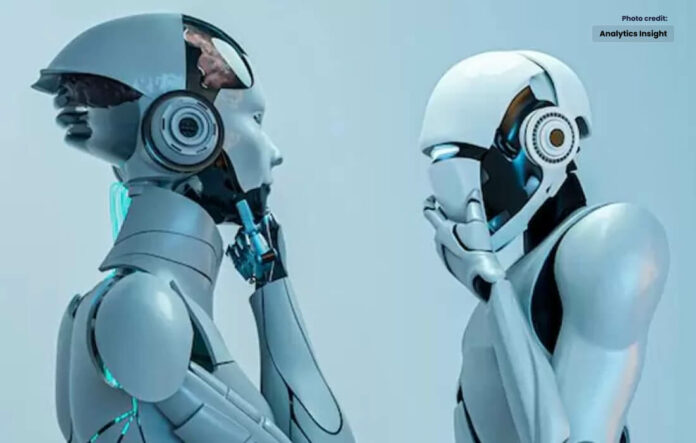Human-like robots: Evolution shaping perceptions, shaping the future.
Evolution of Robots That Look Like Humans
The field of industrial automation was the humble starting point for the development of humanoid robots. Early robots lacked the sophistication and dexterity needed for tasks requiring human touch because they were made for specialized purposes. But thanks to quick advances in robotics and artificial intelligence, we are living in a time where robots are beginning to seem more and more like humans.
The emergence of human-like robots today is evidence of the confluence of multiple technical domains. They have complex algorithms, high-tech sensors, and lifelike physical characteristics that resemble human gestures and facial emotions. The creation of robots that can navigate challenging settings, communicate with people in a natural way, and even convey emotions is largely due to the advancements in soft robotics, biomimicry, and machine learning.
Effects on Society: From Aid to Friendship
The assimilation of humanoid robots into society extends beyond their proficient task execution. These robots could help with urgent societal issues, especially in the areas of healthcare and senior citizen support. The applications are numerous and exciting, ranging from companion robots made to offer emotional support to automated caregivers that can effortlessly lift patients.
Human-like robots are being used in the healthcare industry to help surgeons with precise tasks and delicate procedures. These robots lessen the risk and intrusiveness of surgeries by precisely reaching areas that are difficult to reach. Furthermore, people who are lonely or alone are finding that robot companions can be a great resource as they provide various forms of companionship and support.
Ethical Issues: Getting Around the Moral Maze
Ethical issues become more pressing as humanoid robots become more ingrained in our daily lives. Concerns about consent, privacy, and the possible replacement of human labor are urgent issues that need to be carefully considered.
Reconstructing the Human-Robot Interaction
A fascinating aspect of this technological evolution is the relationship between humans and human-like robots, even beyond the practical applications and ethical quandaries. People’s reactions to these robots’ increasingly complex emotional mimics of human behavior are complex.
Research has demonstrated that people are capable of developing emotional bonds with robots and treating them more like friends than like inanimate objects.
What effect will this have on our perception of empathy and camaraderie, and how will society negotiate the increasingly hazy boundaries between humans and machines?
Prospects for the Future: Handling the Uncertain
Future directions for humanoid robots are still unknown, and both excitement and caution are warranted. Future developments in robotics and materials science, along with the ongoing development of artificial intelligence, portend an increasingly integrated role for these machines in our daily lives.
But great promise also entails great responsibility. As we enter the era of robotics that resemble humans, it is critical to create strong legal frameworks, ethical standards, and public dialogue to make sure these technologies respect human values and advance society.
Conclusion
The development of robots that resemble humans heralds a paradigm change in how we interact with technology. These devices are revolutionizing healthcare and companionship, as well as how we live and work.




